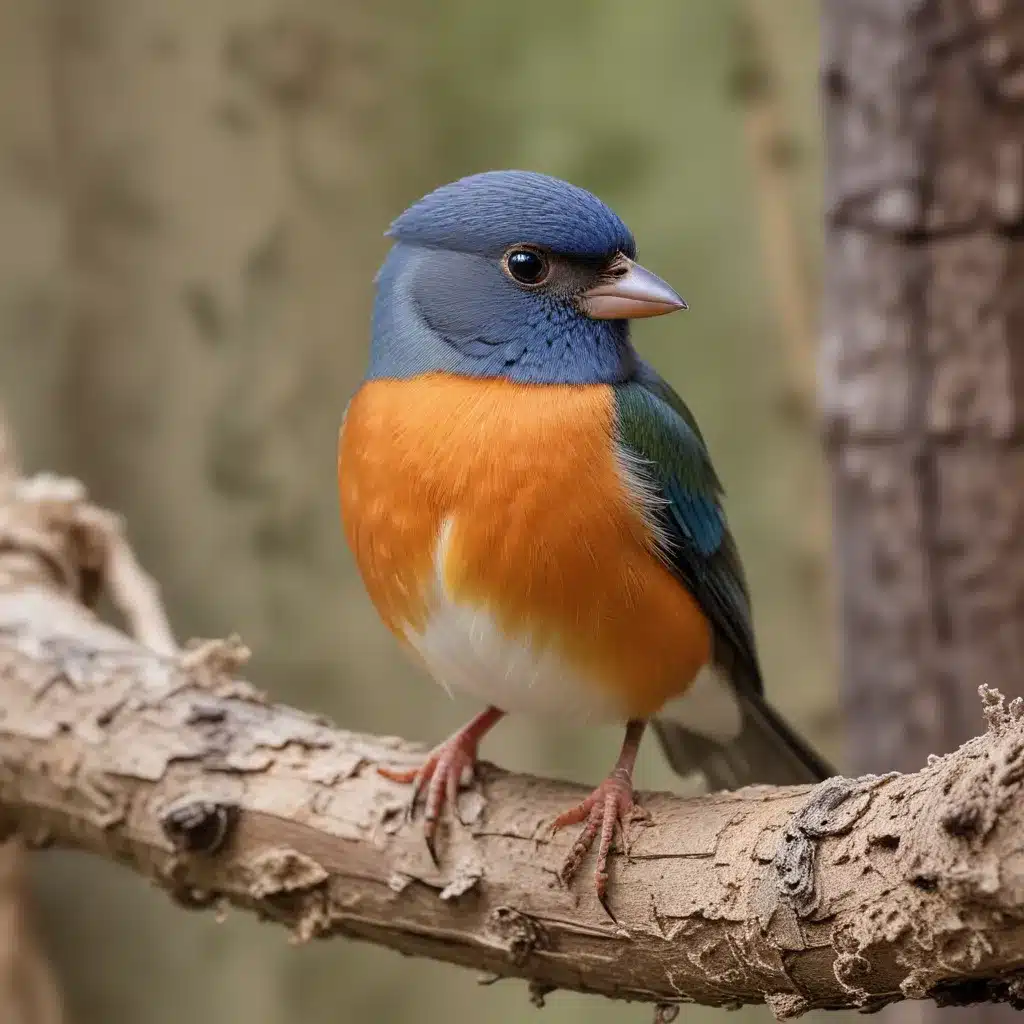
Avian Companions
Welcoming a rescued bird into your home can be an incredibly rewarding experience, but it also requires thoughtful consideration and preparation. As an experienced avian caretaker, I’ve worked with a wide range of species – from vibrant parrots to majestic raptors and delicate songbirds. Each brings unique needs, behaviors, and care requirements that must be carefully evaluated to ensure a successful and lasting adoption.
Types of Rescued Birds
Parrots are perhaps the most common type of rescued bird. These intelligent, social creatures thrive on interaction and enrichment, but can also develop behavioral issues if their complex needs are not met. Raptors, such as hawks and owls, are another popular rescue group. These powerful, predatory birds demand specialized handling and housing to maintain their health and safety. Songbirds, from canaries to finches, are delicate yet rewarding companions, while waterfowl like ducks and geese have their own set of environmental and dietary requirements.
Regardless of the species, rescued birds often come with their own set of challenges, whether it’s medical issues, behavioral problems, or a history of neglect or abuse. Understanding these unique circumstances is crucial when considering adoption.
Bird Behavior and Needs
Socialization is a key factor in a rescued bird’s well-being. Many have had limited interaction with humans and may be fearful or distrustful at first. Patience, positive reinforcement, and gradual exposure are essential for building trust and a strong bond. Enrichment, such as engaging toys, varied foraging opportunities, and novel experiences, are also vital to prevent boredom and frustration.
Proper nutrition is another critical aspect of avian care. Each species has specific dietary needs, and transitioning a rescued bird to a healthy, balanced diet can take time and effort. Consulting an avian veterinarian or experienced caretaker can help ensure your feathered friend receives the nutrients they require.
Evaluating Home Suitability
Before adopting a rescued bird, it’s essential to carefully consider the suitability of your home and lifestyle. Factors such as available space, existing pets, and family dynamics can all play a role in determining the right fit.
Household Considerations
The size of your living space is an important consideration. Larger birds, like macaws or cockatoos, require ample room to move, fly, and engage in natural behaviors. Smaller species, such as parakeets or cockatiels, may thrive in more compact environments, but still need sufficient space to prevent boredom and stress.
Existing pets in the household can also present challenges. While some birds may coexist peacefully with other animals, introduction and management strategies are crucial. Cats and dogs, in particular, may pose a risk to a fragile avian companion.
Family dynamics and the overall level of engagement and commitment must also be evaluated. Rescued birds often require extensive one-on-one attention, training, and environmental enrichment. Ensure that all members of your household are prepared to participate in the bird’s care and provide the necessary time and resources.
Bird-Proofing the Home
Once you’ve determined that your home is suitable, the next step is to bird-proof the environment. Identifying and addressing potential hazards, such as ceiling fans, open windows, toxic plants, and accessible electrical cords, is essential to keep your feathered friend safe and secure.
Necessary modifications may include installing sturdy perches, creating designated play areas, and ensuring all entry and exit points are secured. Consulting with an experienced avian caretaker or veterinarian can help you develop a comprehensive bird-proofing plan tailored to your specific living space.
Adoption Process
Navigating the adoption process can be daunting, but working with reputable bird rescue organizations can simplify the experience and increase the chances of a successful match.
Bird Rescue Organizations
Established bird rescue groups often have extensive knowledge of individual birds’ needs, personalities, and medical histories. These organizations typically have thorough screening procedures to ensure potential adopters are equipped to provide a safe, nurturing environment.
Adoption policies may vary, but many rescues require prospective owners to complete an application, participate in a home visit, and sometimes even undergo a training session. These measures help ensure the bird’s well-being and minimize the risk of future surrenders or rehoming.
Preparing for Adoption
Once you’ve been approved for adoption, the real work begins. Preparing the appropriate habitat, acquiring necessary supplies and equipment, and familiarizing yourself with the bird’s specific care requirements are all essential steps.
Researching the species, consulting with the rescue organization, and networking with experienced avian caretakers can provide invaluable guidance. Ensuring your home is fully bird-proofed and stocked with high-quality food, toys, and enrichment items will help ease the transition and set your new feathered companion up for success.
Avian Health and Welfare
Prioritizing the health and welfare of your rescued bird is paramount. Establishing a relationship with an avian veterinarian, implementing effective behavior management strategies, and providing a stimulating environment are all key to maintaining your bird’s well-being.
Veterinary Care
Regular check-ups and preventive care are crucial for rescued birds. Avian veterinarians can address any underlying medical issues, provide guidance on proper nutrition, and help develop a customized wellness plan. Specialized treatments, such as those for feather-plucking or other behavioral concerns, may also be necessary.
Behavior Management
Effective training and environmental enrichment are essential for addressing behavioral challenges commonly seen in rescued birds. Positive reinforcement techniques, such as clicker training, can help build trust, reduce fearful or aggressive behaviors, and encourage natural, healthy activities.
Providing a stimulating habitat with varied foraging opportunities, interactive toys, and opportunities for exercise and exploration can also go a long way in supporting your bird’s overall well-being and reducing the risk of problematic behaviors.
Adopting a rescued bird can be a deeply rewarding experience, but it’s important to approach the process with a clear understanding of the unique needs and potential challenges. By thoroughly evaluating your home, working with reputable rescue organizations, and prioritizing your bird’s health and welfare, you can increase the chances of a successful and lasting adoption. Remember, with patience, dedication, and the right resources, you can provide a loving, forever home for a feathered friend in need.


